 Abraham Lincoln
If given the truth, the people can be depended upon to meet any national crisis...
Abraham Lincoln
If given the truth, the people can be depended upon to meet any national crisis...
 Guildford news...
for Guildford people, brought to you by Guildford reporters - Guildford's own news service
Guildford news...
for Guildford people, brought to you by Guildford reporters - Guildford's own news service
Birdwatcher’s Diary No.86
Published on: 2 May, 2015
Updated on: 2 May, 2015
By Malcolm Fincham
The enjoyment and good fortune of a continuing spell dry weather and sunny days turned to thoughts of sadness for me.
News of a devastating heathland fire at pirbright (video footage click here) and a second blaze at Farnham Heath RSPB showed how susceptible our wildlife can be during such dry spells.
My immediate thoughts went out to the Dartford wablers living on the northern edge of their breeding grounds on our Surrey heathland and (until now) having one of their remaining strongholds there at Pirbright.
Although maybe wishful thinking, some may have taken flight. However, with many birds having set up nesting territories, my feelings of optimism are far from good.
Most concern went out to the mammals and reptiles unable to out run the flames. In spite of the continued sunshine during the second half of April temperatures remained quite cool with overnight frost on several occasions. The arrival of summer migrant birds remained slow locally.
However, most of our usual summer visitors had been reported before the month was out.
A few trips to Whitmoor Common at Worplesdon gave me my first sighting of a willow warbler in the Guildford area on April 15.
It wasn’t until April 23 that I saw my first common whitethroat there.
I was also fortunate that day to see a whinchat there. A good bird to spot back from its winter stay in Africa. Looking at its best in its peachy coloured spring plumage, as it heads to more northerly breeding grounds.
My local birdwatching was interrupted on April 19, having been assigned for a few days, on a trip to Cornwall with my wife to visit relatives. In usual style however I couldn’t resist smuggling my cameras and binoculars on board.
Going for some early morning walks across the moors of Bodmin, long before the rest of the family had risen, I was surprised by the sound of so many willow warblers singing.
With some so tame to my presence I was able to get some decent pictures aided by the bright morning sun.
Although not quite so obliging, yellowhammers also glowed in their bright yellow plumage.
I was also rather pleased while videoing a willow warbler, that it decided to play to its audience, (me), and join up with a yellowhammer to sing a duet.
Cornwall – willow warblers and yellowhammers even managing a short video as the two sung a duet.
As I watched I found myself recalling a quote by Rumi: “I want to sing like the birds sing…. Not worrying about who hears or what they think.”
By the end of the day it was always a pleasant sight to watch the sun go down over a sleepy village.
I was grateful on our return that there had been no more fires on the several heathlands I came back to visit.
On Frensham Common I was able to catch sight of my first common redstart of the year, as a colourful male perched on top of a pine singing.
While on a visit to Thursley Common, as well as more sightings of redstart, I also managed to get an improved picture of a common whitethroat.
And even pick out numerous stonechats.
Although a distant cuckoo could be heard, I was unable to pick it out through my binoculars. I was however able to pick out a distant hobby, even getting a few record shots as it flew through.
Hawking insects on the wing as they do.
While overhead a common buzzard drifted by.
Locally bluebells have now started to break into flower, adding a splash of colour to woodland walks during the last week of the month.
And on sunny days orange tip butterflies started to emerge.
As well as several (what I believe to be) large bee flies.
At Stoke Nature Reserve an increase of swallows could be viewed hawking insects over the lake.
I couldn’t resist a few shots of one of our most colourful garden birds – the goldfinch. With numbers thought to be on the increase in recent years
As well as greenfinch, also thought to be making a slow comeback.
A pair of Egyptian geese could be seen with chicks in the flooded field by Stoke Lock.
While mallards can now also be seen with chicks.
And on April 28 it was a big welcome back for me to our common terns from their winter vacation in Africa. And just one day earlier than I first spotted their arrival back last year.
Recent Articles
- Guildford Institute’s Crowdfunding Project for Accessible Toilet in its New Community and Wellbeing Centre
- Letter: Guildford – Another Opportunity Missed?
- Letter: GBC’s Corporate Strategy – Where Is the Ambition?
- My Memories of John Mayall at a Ground-breaking Gig in Guildford Nearly Six Decades Ago
- Westborough HMO Plans ‘Losing the Heart of the Street’ Says Resident
- College Invests to Boost Surrey’s Economy and Close Digital Skills Gap
- Community Lottery Brings Big Wins for Local Charities
- GBC Housing Plan Promises ‘A Vibrant Urban Neighbourhood’ Near Town Centre
- Hospital Pillows ‘Shortage’ at the Royal Surrey
- Updated: Caravans Set Up Camp at Ash Manor School


Search in Site
Media Gallery
Dragon Interview: Local Artist Leaves Her Mark At One of England’s Most Historic Buildings
January 21, 2023 / No Comment / Read MoreDragon Interview: Lib Dem Planning Chair: ‘Current Policy Doesn’t Work for Local People’
January 19, 2023 / No Comment / Read MoreA3 Tunnel in Guildford ‘Necessary’ for New Homes, Says Guildford’s MP
January 10, 2023 / No Comment / Read More‘Madness’ for London Road Scheme to Go Ahead Against ‘Huge Opposition’, Says SCC Leader
January 6, 2023 / No Comment / Read MoreCouncillor’s Son Starts Campaign for More Consultation on North Street Plan
December 30, 2022 / No Comment / Read MoreCounty Council Climbs Down Over London Road Works – Further ‘Engagement’ Period Announced
December 14, 2022 / No Comment / Read MoreDragon Interview: GBC Reaction to the Government’s Expected Decision to Relax Housing Targets
December 7, 2022 / No Comment / Read MoreHow Can Our Town Centre Businesses Recover? Watch the Shop Front Debate
May 18, 2020 / No Comment / Read More



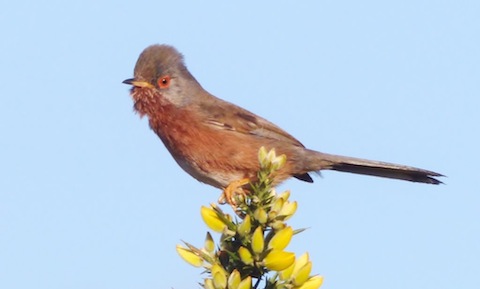
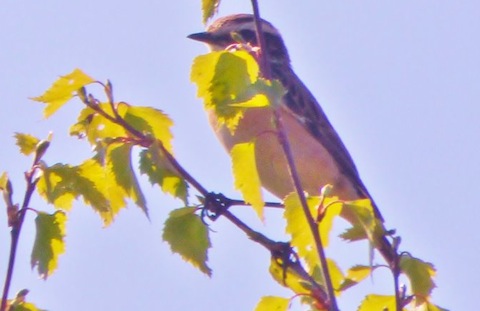


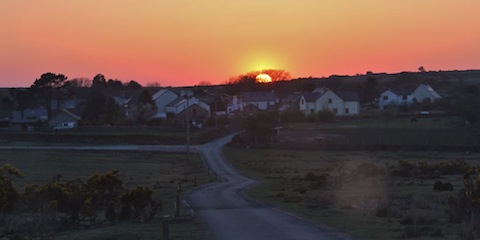
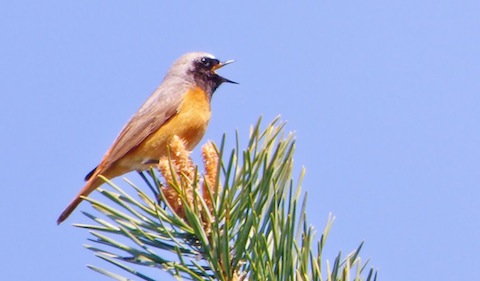

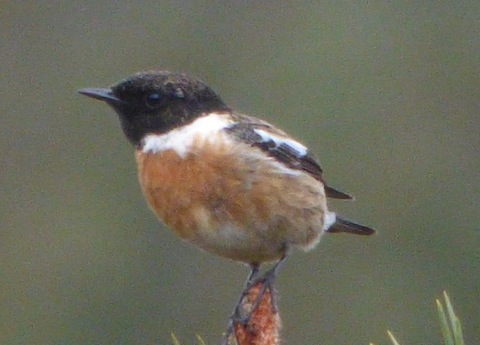
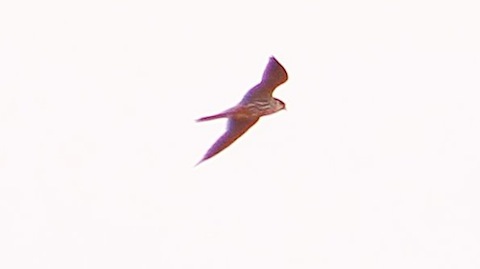
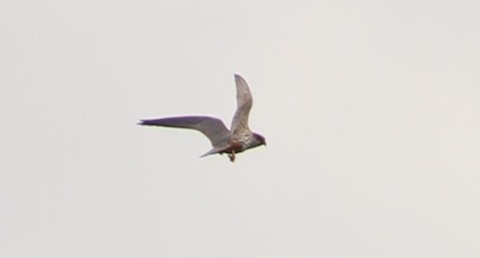
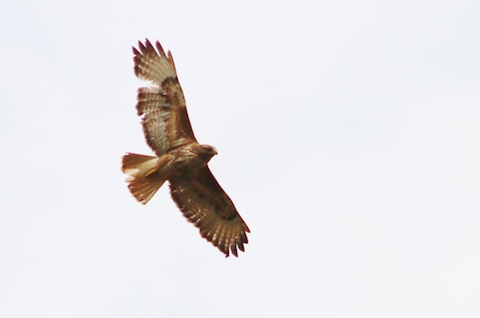
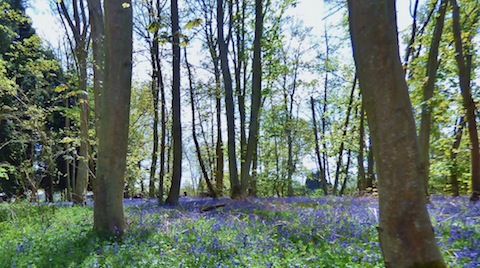
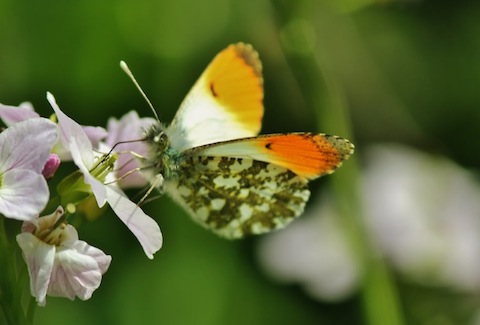
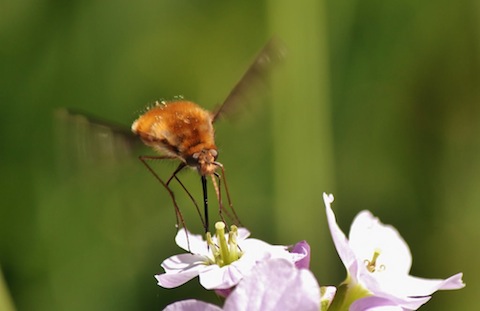
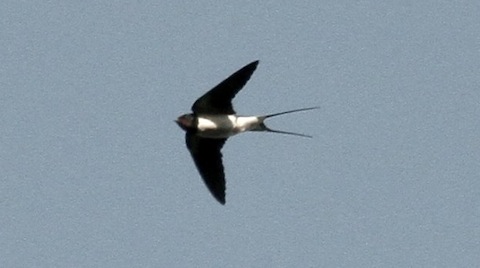

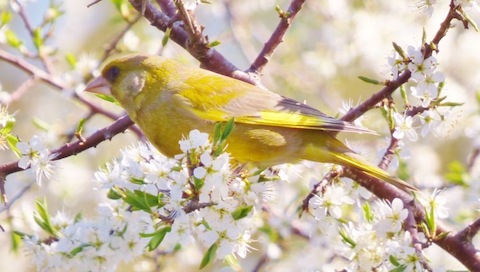
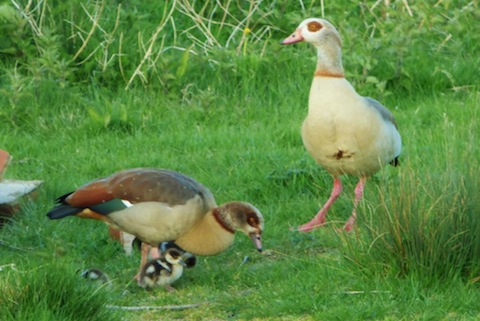








Recent Comments